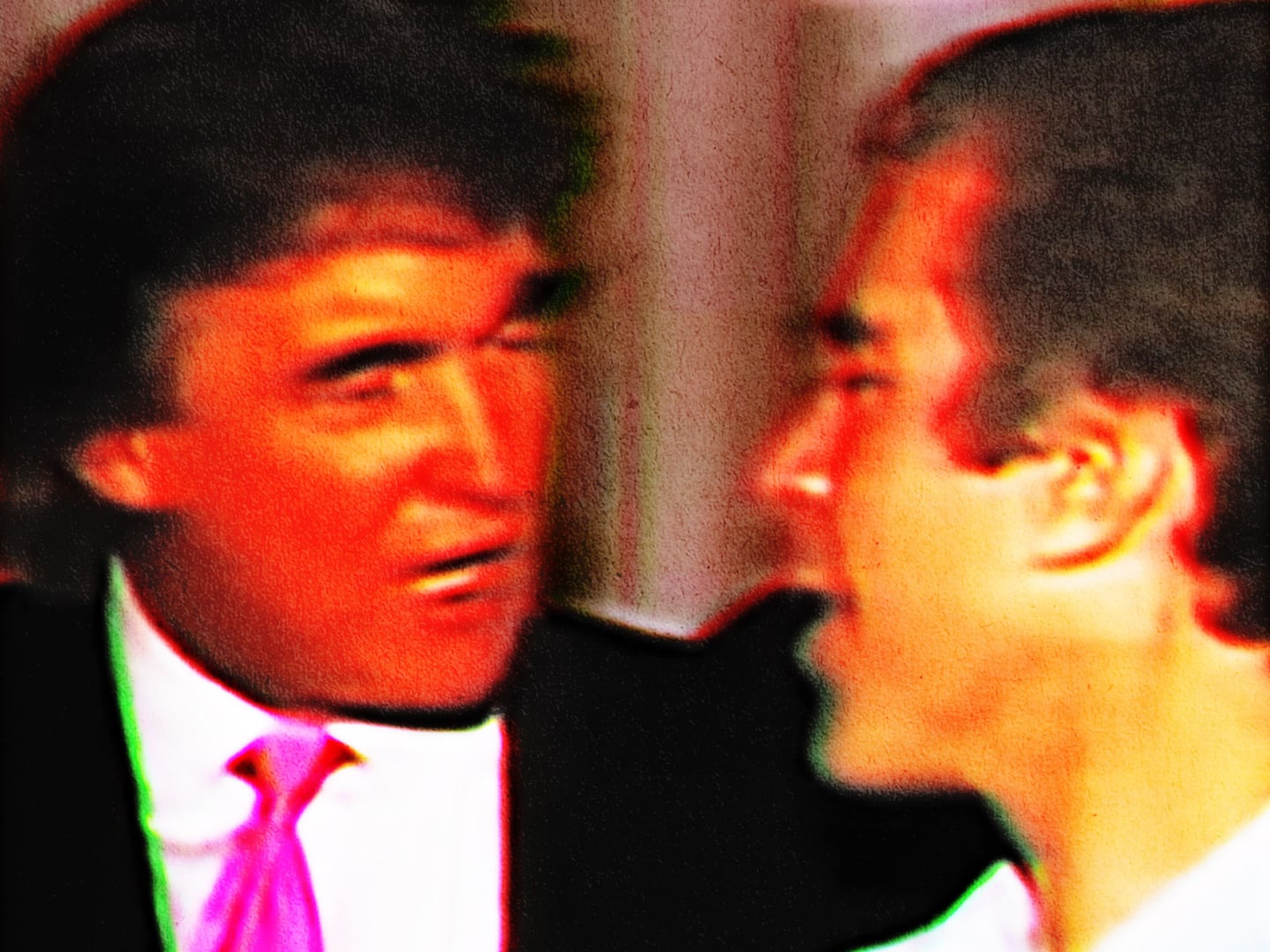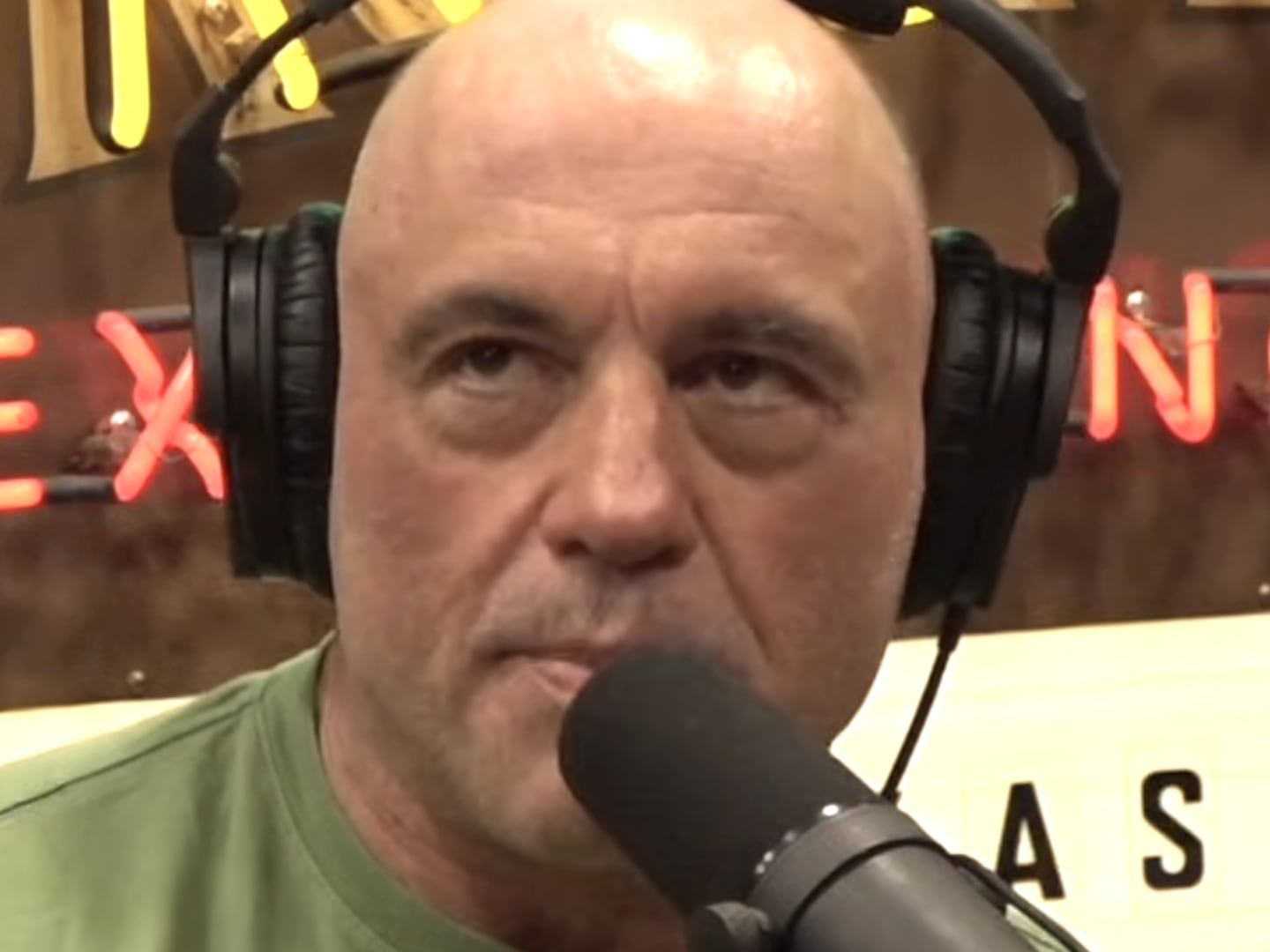Adam Sandler must be proud of this movie. That’s the first thought that pops into my head when I’m mysteriously approved for an interview with the infamously tight-lipped comedian who, like fellow A-list funnyman Jim Carrey, usually adheres to a “TV interviews only” policy. But here we are at a generic hotel suite in downtown Toronto. The occasion is The Cobbler, Sandler’s curious collaboration with indie filmmaking stud Tom McCarthy—the actor-turned-director responsible for critically acclaimed little-films-that-could like The Station Agent and The Visitor—which is premiering at the Toronto International Film Festival. He’s one of the last people you’d expect to be involved in an Adam Sandler Joint, thus lending the project an air of intrigue.
In addition to The Cobbler, the 48-year-old schlub-lord stars as a disenchanted married dude whose porn addiction serves as a gateway drug to escorts in Jason Reitman’s Men, Women & Children. Sure, he’s turned in stellar performances as a rage-filled romantic in Punch-Drunk Love and a man struggling to cope with the aftermath of 9/11 in Reign Over Me, but needless to say, these films don’t abide by the usual Sandler formula—namely, broad comedies with his pals set in exotic destinations he’s keen on visiting.
“It just lands that way,” he says of his dramatic roles. “I get opportunities, and that’s how it’s landed. This would’ve never happened if Tom didn’t write it and call me up, and I loved the script and am happy to be with the guy. I really enjoy doing these kinds of roles. It’s fun.”
Sandler is, of course, coming off a murderer’s row of critically-mauled films. Blended. Grown Ups 2. That’s My Boy. Jack and Jill. Sandler doesn’t read the nasty reviews, but he’s damn well aware of them.
“I don’t really read ’em,” he says with a shrug. “I hear about ’em, and have friends who called me up and told me how much they hated my last thing [Blended], and every move I make I hear how they don’t like it. I don’t sit there and read ’em, but am I excited that they say stuff like that? You know, I wish they could calm down a little bit.”
In person, the comedy megastar is pretty much how you’d expect him to be—affable, soft-spoken, and a tad reticent, perhaps even shy judging by his shaky legs. He’s dressed in his de facto uniform of an oversized T-shirt, shorts, and sneakers. It’s this wardrobe, coupled with his easygoing nature, that’s made him the blue-collar king of comedy. “I grew up knowing that [blue-collar] world, and I’m not the best-looking human on the planet, but I can get by,” says Sandler with a chuckle.
In The Cobbler, he plays Max Simkin, a fourth-generation cobbler on the Lower East Side of Manhattan who discovers that, if he fixes a pair of shoes with his family’s antique sewing machine, he’ll be able to assume the person’s identity by wearing the kicks.
According to McCarthy, Sandler was the only choice for the part of Simkin. “This is a role where I needed someone to do drama, to be quiet, to be soulful, to be believable working at this shop and from a working-class background, and he checked all the boxes,” says McCarthy. “It was a no-brainer.”
Getting Sandler onboard wasn’t easy. First, McCarthy called Sandy Wernick, the comedian’s longtime collaborator, who told him to hit the bricks. Then, he rang up Sandler’s longtime pal (and former roommate) Judd Apatow, who passed the script along. “I read the script in bed with a bad shoulder,” says Sandler, grinning. “I was doped-up and lovin’ the story.”
McCarthy describes the flick as “a little something between our two films in style,” and suggested that Sandler watch Marty for inspiration. He also took cobbling lessons, eventually becoming good enough to do a mediocre job replacing a pair of soles.
“All I wanted to do was please Daniel Day-Lewis,” says Sandler. “That was the goal—make sure Danny D. is happy.”
Either way, Sandler’s come a long way since his first onscreen lead in 1995’s Billy Madison, wherein the late Roger Ebert branded him, “Not an attractive screen presence… he might have a career as a villain or a fall guy or the butt of a joke.” I mention the scathing early review to Sandler, and he smiles.
“That’s funny, man,” he says. “Well, agree. Let’s get to that point.” Then, he turns to McCarthy. “I would do that for you, Tommy. Write me a villain! I could do that. That would be a great time.” Sandler pauses. “I’m filled with hate, and I would love to show it.”
I ask him where the hate bubbling beneath the surface comes from—a rage best exhibited by his SERENITY NOW! turn as the emasculated Barry Egan in the brilliant Punch-Drunk Love.
“Who knows?” he says. “Whatever works for the movie, I’ll do. But in real life, do I snap? Yes. Do I fly off the handle? Yes.” He smiles big. “But I’m very quick to come back.”
Eventually, our talk veers to Saturday Night Live, the late-night sketch comedy program where Sandler first spread his wings. He says the early generation of SNLers like Bill Murray and Dan Aykroyd—and the films they made—inspired him as a comedian, and he speaks of Aykroyd, in particular, as a mentor of sorts, saying the two “talk about process” and that he’s “a great teacher.” But Sandler was left with a sour taste in his mouth when he, along with his best friend Chris Farley, was fired from SNL in 1995.
“Yes, we were [fired],” says Sandler. “We kind of quit at the same time as being fired. It was the end of the run for us. The fact that me and him got fired? Who knows. We were on it for a few years, had our run, and everything happens for a reason. We kind of understood because we did our thing. It hurt a lot at the time because we were young and didn’t know where we were going, but it all worked out.”
He pauses again. “I miss Farley,” he says. “He was a tour de force on the show and dominated. He could dominate anybody. There’s nobody that can walk into a room and take over better than Farley. I haven’t seen anyone since he’s gone that’s taken that spot. He’s the strongest presence I’ve ever seen.”






